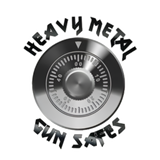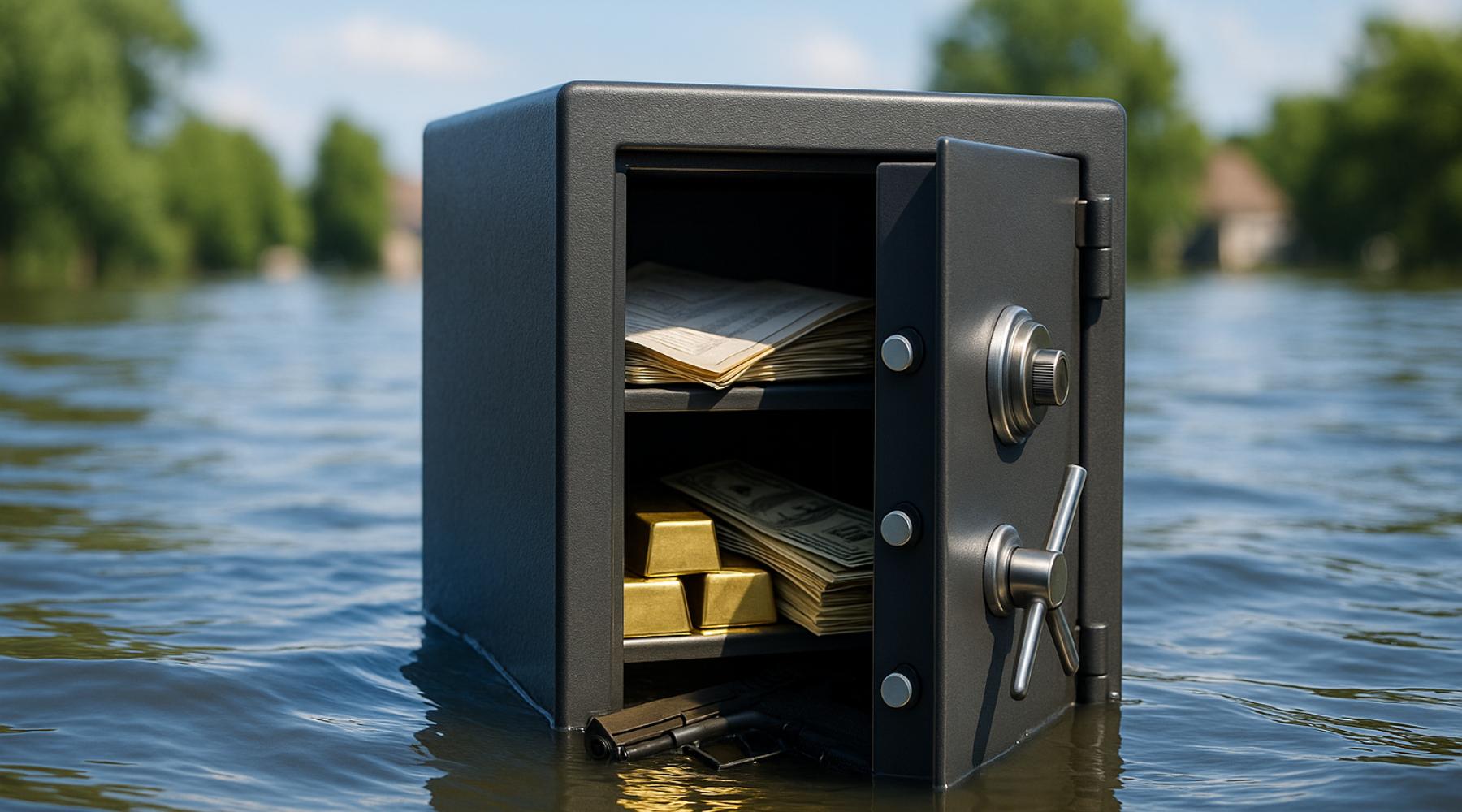Flash flooding hit Comal County hard this summer — closing the Guadalupe and Comal Rivers, damaging homes, and pushing water into garages and living rooms. If you have a safe in a low-lying area of your home, here’s the truth: floodwater can still reach it.
Most people focus on fire ratings when buying a safe. But in Central Texas, water damage may be the more immediate threat.
What Floodwater Does to a Safe
Even if your safe appears sealed shut, floodwater can still:
-
Seep through the door gap and hinge area
-
Enter bolt-down holes in the bottom or back
-
Soak the insulation, causing swelling or mold
-
Damage the lock (especially electronic keypads or biometric units)
-
Make it shift or tip, if not bolted down properly
Once inside, water can destroy:
-
Paper documents
-
Photos and family keepsakes
-
Ammo (rust and corrosion)
-
Electronics and backup drives
-
Currency or precious metals (if stored loose)
Weight Won’t Save It
Even a 1,000 lb safe can shift during heavy flooding — especially if placed directly on a slick slab or in a mobile home, basement, or garage.
What You Can Do About It
If you live in or around New Braunfels, consider these practical upgrades:
-
Elevate your safe on a concrete riser or pedestal
-
Bolt it down securely through sealed anchor holes
-
Use waterproof bags or document containers inside
-
Move it upstairs or to an interior wall away from entry points
-
Ask about safes with flood-tested seals
Think You’re Safe? Think Again.
We’ve seen floodwaters reach garages in neighborhoods like Gruene, River Chase, and Canyon Lake. With flash flooding on the rise, safe placement matters as much as the safe itself.
If you're unsure your current setup is ready, give us a call. At Heavy Metal Gun Safes, we help Texas homeowners prepare for whatever nature throws their way.

